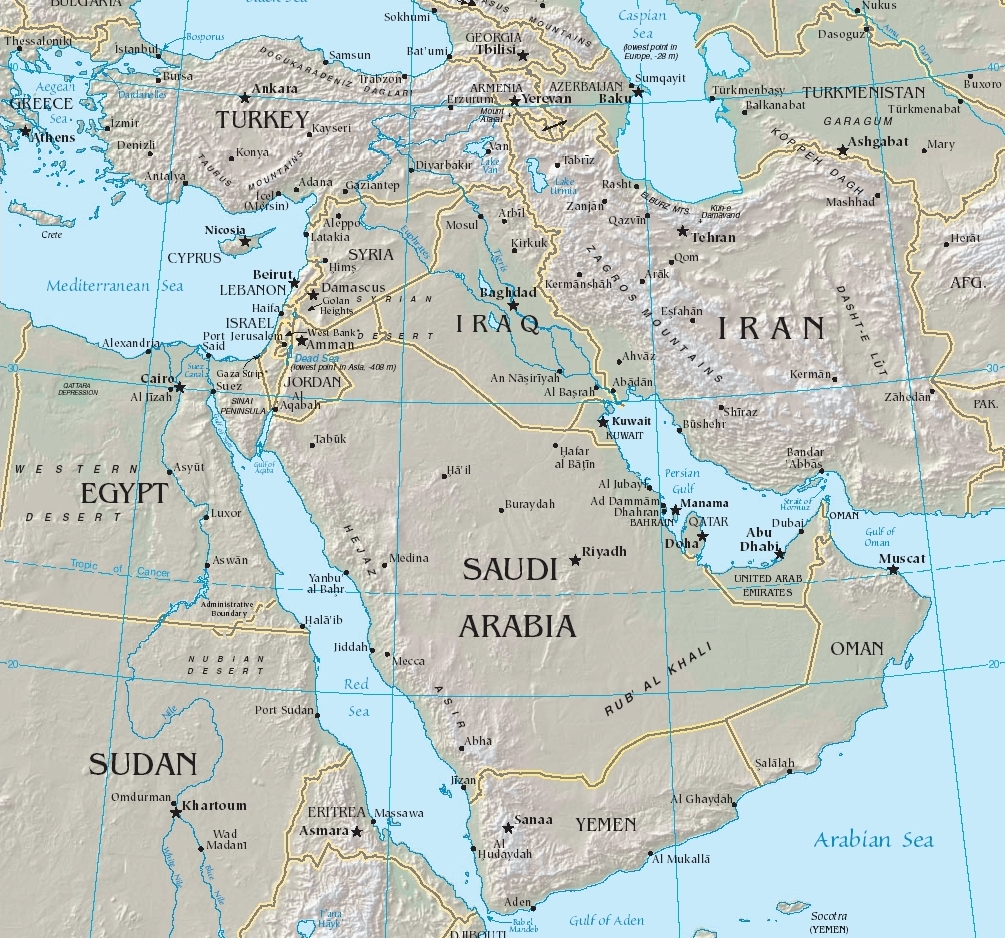The Wahhabi Mission and Saudi Arabia, by David Commins, was first published in 2006, but its message is highly relevant to today.
The book deals in a detailed way with Wahhabi doctrine and the history of its implementation in the Middle East. It is a bit of a hard read but worth it for one who wants to understand so-called Islamic fundamentalism and the terrorism that sometimes results.
In the eighteenth century, Muhammad ibn And al-Wahhab enunciated the doctrine that the worship of anything other than God himself is a sin. Thus, worship of anything else, such as places, objects, or martyrs of the faith, was out of bounds.
The outcome of this strict position led many to avow violence against those who rejected it.
Ibn Saud in his successful drive to unify the Saudi peninsula utilized the Ikhwan (Brethren) as instruments of Wahhabi doctrine to carry out his biding. But when the Ikhwan proceeded beyond what Ibn Saud considered useful, he defeated them in battle.
The pattern for the Saudi use of Wahhabi doctrine thus defined itself in the policies of the Saudi state. When it was useful, they employed the Wahhabi line of thinking. English translations of the Quran, which Saudi Arabia exported abroad, have been found to contain sections which depart from the literal and substitute Wahhabi interpretation. To some degree the world has been set upside down by versions and perversions of Wahhabi doctrine, as seen in groups such as Al Qaeda and ISIS.
When Commins published the book in 2006, he believed the influence of Wahhabism was diminishing in Saudi Arabia. While this is true to a degree, its effects are still present.
The effects of Wahhabism linger both in Saudi Arabia and in the world.



